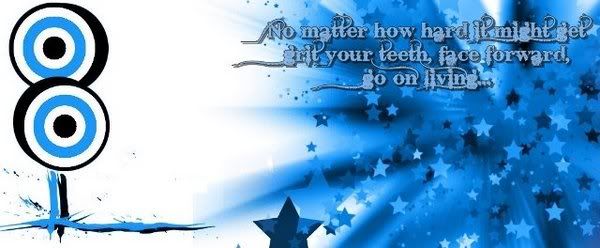In the recorded history of humanity, probably no invention has had a greater influence than the introduction of printing in the fifteenth century by Johannes Gutenberg. Nowadays, with the latest development in audio books, some believe that the printing era is coming to its' end.
If you are an audio book publisher, an audio book fan or just wondering whether you should try one of theses audio books everybody is talking about, you are in the right place. Find out the latest developments in this overwhelming market:
1. A higher percentage of books are being published as audio books – All the bestsellers, all the important magazines and journals and a high percentage of the new books are published also as audio books. More than that, thousands of classic books are published as audio books each year.
Audio books could be found in more and more shops – from book shops and music shops to many online sources like online audio book rental services.
2. Massive increases of potential customers – Audio books answer a certain need – the need to maximize time and productivity. Audio books are considered as excellent method to improve time management. In the competitive world we are living today time is money. Therefore, more and more people understand that to make the most of their time they should start using audio books.
3. Audio books are free – The mass production and the development of new technologies reduced the costs of audio books. One can get free downloadable audio books, low cost audio book rentals or pay a couple of bucks for a brand new audio book on cd or a book on tape.
4. A disposal audio book – downloadable audio books are the most popular audio book' method today – they are cheap and require only a MP3 player or other media player to play them. However, in the past year disposal audio books are published – there is no need for an external device, just the audio book a couple of AAA batteries.
Audio books will surprise publishers, book sellers and libraries that are not joining the celebration. I don't know what about you – but I don't have any more a book shelf in my house.
If you are an audio book publisher, an audio book fan or just wondering whether you should try one of theses audio books everybody is talking about, you are in the right place. Find out the latest developments in this overwhelming market:
1. A higher percentage of books are being published as audio books – All the bestsellers, all the important magazines and journals and a high percentage of the new books are published also as audio books. More than that, thousands of classic books are published as audio books each year.
Audio books could be found in more and more shops – from book shops and music shops to many online sources like online audio book rental services.
2. Massive increases of potential customers – Audio books answer a certain need – the need to maximize time and productivity. Audio books are considered as excellent method to improve time management. In the competitive world we are living today time is money. Therefore, more and more people understand that to make the most of their time they should start using audio books.
3. Audio books are free – The mass production and the development of new technologies reduced the costs of audio books. One can get free downloadable audio books, low cost audio book rentals or pay a couple of bucks for a brand new audio book on cd or a book on tape.
4. A disposal audio book – downloadable audio books are the most popular audio book' method today – they are cheap and require only a MP3 player or other media player to play them. However, in the past year disposal audio books are published – there is no need for an external device, just the audio book a couple of AAA batteries.
Audio books will surprise publishers, book sellers and libraries that are not joining the celebration. I don't know what about you – but I don't have any more a book shelf in my house.
